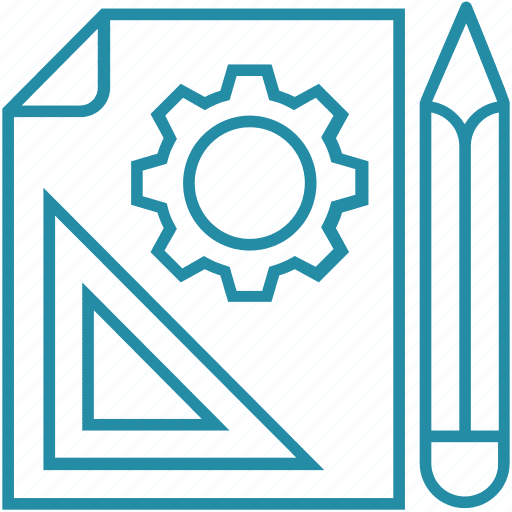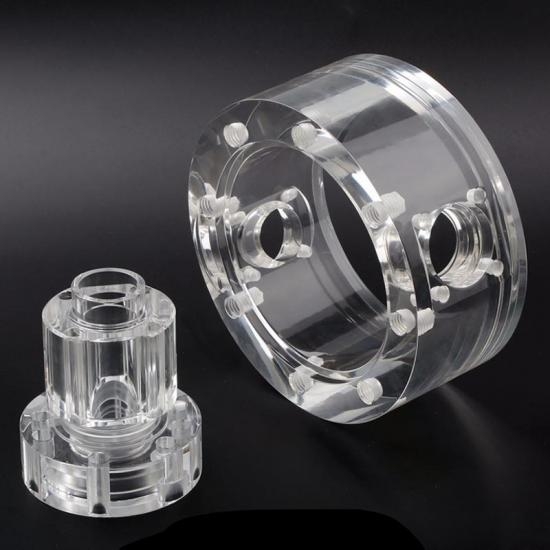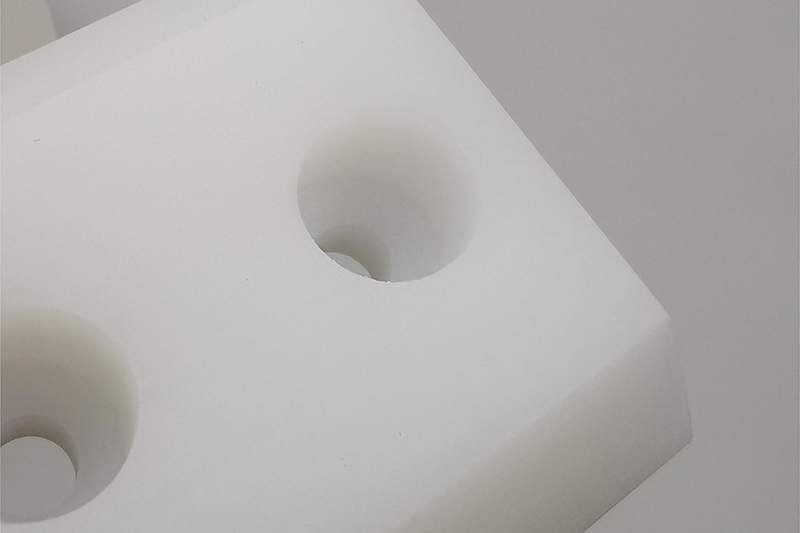- Capabilities
-

CNC Machining
Tight tolerance and 20+ finishes 3, 4 , 5 axis, as fast as 2 days -

Sheet Metal Fabrication
High-precision, on-demand sheet metal cutting and bending. -

3D Printing
SLA, SLS,MJF,SLM, FDM 3d printing with post treatment. -

Vacuum Casting
Production quality parts without the tooling investment.
-
- Solutions

Rapid Prototyping
Fastest lead time of high-quality prototypes at minimal cost.

Low Volume Production
From one-off prototyping to low-volume production.

Mechanical Assembly
Custom assembly for project-specific needs.

Custom Package
Ready to help you prompt your brand.
- Sources

Materials
Select from 100 more types of metals and plastics.

Finishes
Select from 20 more types of surface fishes.

Industries
Providing precision machining and manufacturing solutions.

Cases
How we assist our clients in bringing their projects to fruition.
- Company

Quality Assurance
Consistent quality, every time.

About Us
Your go-to manufacturer for custom parts.

Newsroom
Learn updated news about ECOREPRAP.
CNC Machining Materials
Acrylic CNC Machining
Acrylic is a transparent rigid plastic usually used as a substitute for glass.
All uploads are secure and confidential
Acrylic CNC Machining
Due to its good chemical stability, mechanical properties, and weather resistance, PMMA, or acrylic, is a widely used transparent thermoplastic.
Acrylic is also easy to machine and dye. Compared to other clear plastics, it does not discolor with prolonged exposure to sunlight.
PMMA is an optically clear, lightweight, UV-stable plastic with exceptional stamina and tightness. With vapor polishing surface treatment, CNC-machined acrylic parts can achieve high transparency and glossiness.
PMMA is a challenging material with countless advantages over glass. It is lighter and more effect-resistant than glass. For one, acrylic can be conveniently machined, whereas glass can not.
This allows you to choose CNC machining in acrylic when the task calls for complicated geometry and high levels of optical quality in the final component.
Acrylic’s quality makes it perfect for the evaluation of home windows, chemical testing hardware, and instrumentation covers.
Common applications of PMMA parts include lamps and lighting soffits, displays, the food industry, and handrails.

Acrylic CNC Machining Properties
| Ultimate tensile strength | Yield strength | Young’s modulus (modulus of elasticity) | Elongation at break | Hardness | UV resistance | Application | |
| 55 – 83 MPa | 64 -80 MPa | 2.76 – 3.3 GPa | 3 – 6.4 % | 64 – 105 HRM | Excellent | Lamps and lighting soffits Displays Food industry Hand rails | Learn More |
Acrylic CNC Machining Surface Finishes
Acrylic CNC Machining Gallery
Cost-saving Design Tips
1.Acrylic is a readily available material but take care to design within the limits of the available material as described below.
2.Design to standard sizes: Acrylic is typically supplied in sheets of varying thicknesses as well as extruded forms such as tubes and solid bars. Designing parts to fall within the dimensions of off-the-shelf sheet and bar stock will keep costs to a minimum. If the required part is too large, consider breaking it into multiple components that can then be glued or fastened together after machining.
FAQs
Yes, acrylic is a common material used in CNC machining. Acrylic is a scratch-resistant plastic, which in thin-walled areas can be fairly brittle. For this reason it isn’t ideal for parts that require delicate or complex shapes.
These five tips will help you avoid difficulties and maintain a smooth cut when using CNC to cut acrylic:
To avoid vibration, make sure the workpiece is properly secured.
Use a bit specifically designed to cut acrylic.
Larger bit sizes tend to perform best
Cut at a steady rate through the acrylic as quickly and steadily as you can while maintaining control.
Keep the acrylic cool by putting it in a freezer for an hour prior to making the cuts.
Acrylic is transparent and is frequently used as a lightweight substitute for glass or for light pipes. Other uses include plastic parts such as car lights, light tubes, tanks, panels and optical applications.
At least 18,000 RPMs is the recommended speed for cutting acrylic. Although higher speeds are possible, you may need to adjust your feedrate to prevent the material from melting from the heat. This also depends on the diameter of the tool being used.


























